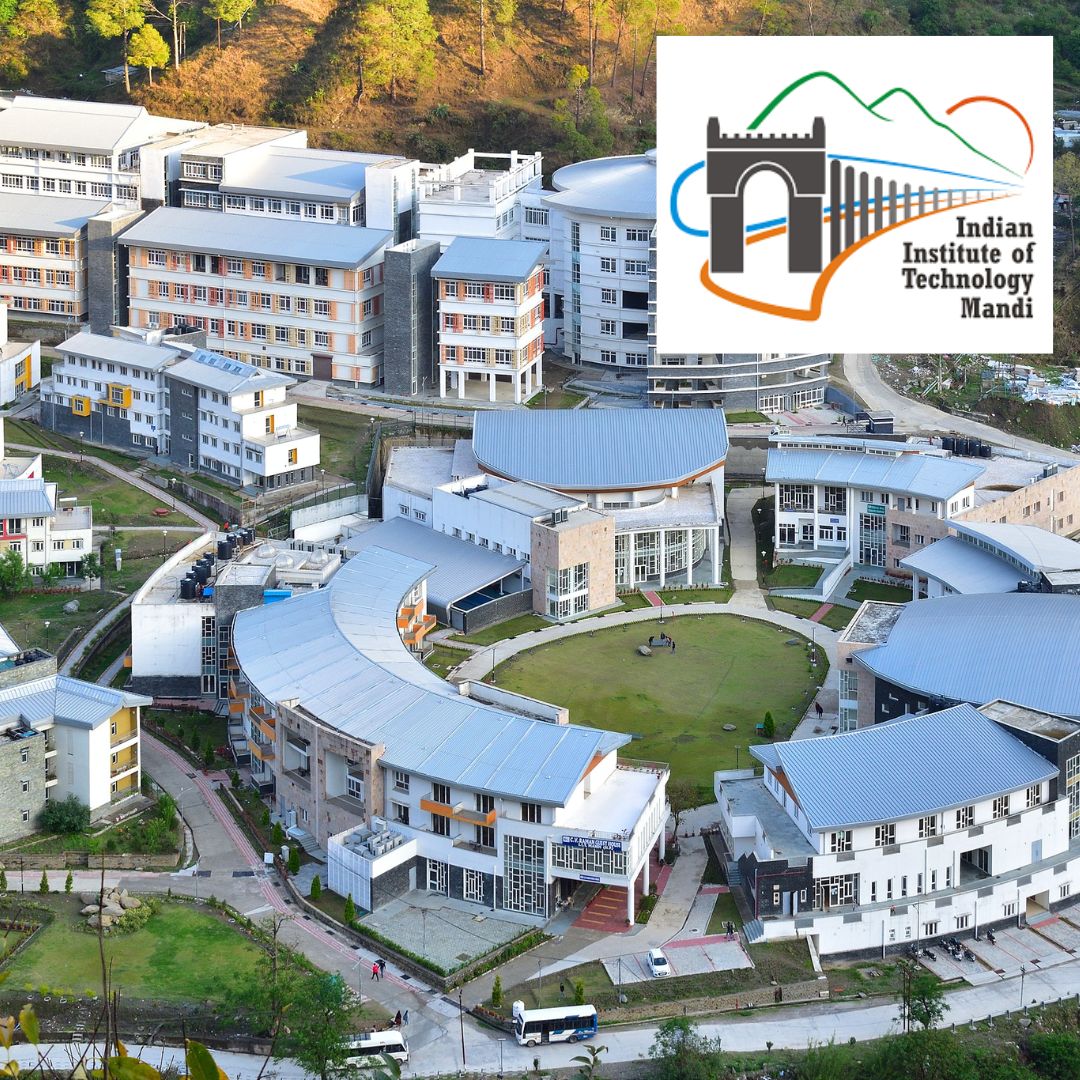IIT Mandi Develops Visual-Based Method To Evaluate Earthquake-Prone Structures In Himalayan Region
Writer: Shiva Chaudhary
A post-graduate in Journalism and Mass Communication with relevant skills, specialising in content editing & writing. I believe in the precise dissemination of information based on facts to the public.
Himachal Pradesh, 26 Nov 2022 10:36 AM GMT
Editor : Jayali Wavhal |
She writes about gender issues, human interest, and environment.
Creatives : Shiva Chaudhary
A post-graduate in Journalism and Mass Communication with relevant skills, specialising in content editing & writing. I believe in the precise dissemination of information based on facts to the public.
Researchers at IIT Mandi have created a technology that will make evaluating and prioritising strengthening and repairs easier to improve the earthquake resistance of structures in the Himalayan region.
The researchers of the Indian Institute of Technology (IIT)-Mandi have devised a methodology that would make it easier to evaluate and prioritise strengthening and repairs to improve the earthquake-resistance capacities of structures in the Himalayan region. The Institute's assistant professor at Mandi's School of Civil and Environmental Engineering, Sandip Kumar Saha, and his PhD student, Yati Aggarwal, conducted the study, whose findings were published in the "Bulletin of Earthquake Engineering."
Saha said, "We have developed an efficient system to screen reinforced concrete infrastructure in the Indian Himalayan region in order to prioritise repairs according to the state of the infrastructures and reduce the risk of impending earthquakes."
Himalayas Among Most Earthquake-Prone Regions
The Himalayas are one of the locations that experience frequent earthquakes. Through thorough fieldwork, a large amount of data was gathered about the many types of structures in the Mandi region and the typical characteristics related to their earthquake sensitivity, according to NDTV.
In order to determine how many stories are present in mountainous buildings for their rapid-visual screening (RV), a numerical analysis was also conducted. Based on the sensitive aspects of the facilities, a better RVs approach was also suggested.
Know About The Method
The standard procedure was built using a straightforward, one-page RVs form that doesn't require much technical knowledge. It considers the numerous risk characteristics that are particular to the regional buildings.
According to Saha, "Calculations using these findings developed an earthquake hazard score for buildings to distinguish weaker structures from stronger ones and enable better decision-making for maintenance and repair ."
The calculations are done to reduce the possibility of human subjectivity or bias in evaluating a building. Aggarwal responded to a question regarding the advantages by saying, "We have proven that the proposed strategy is effective for segregating reinforced concrete buildings in hilly areas based on the damage they are anticipated to sustain in the case of an earthquake."
 All section
All section















